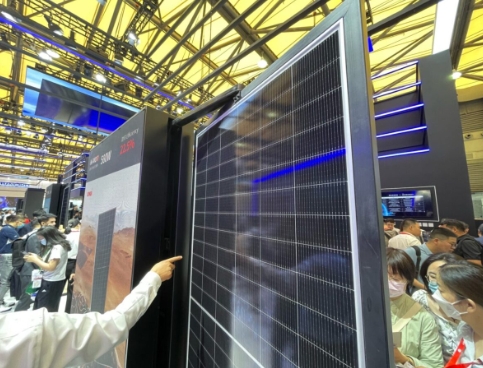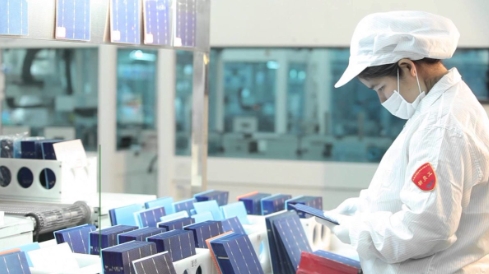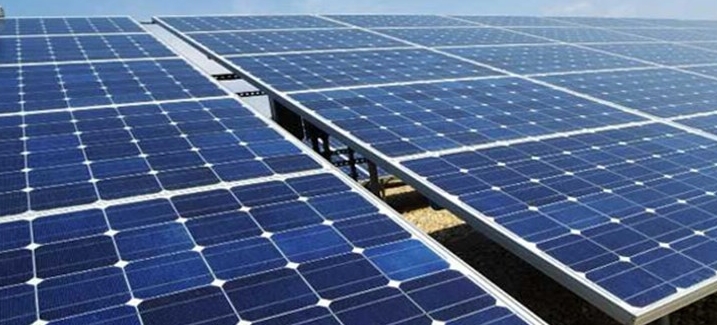
The gravity survey, carried out by INRS at 50-meter spacing along lines established during the summer 2024 Soil-Gas survey, provides essential information about the deep Archean geology beneath the Proterozoic sedimentary rock covers. (see Figure 1) This includes the Cobalt Group and the Ordovician rocks of the New-Liskeard Group. “The primary goal of this survey was to enhance our understanding of the geological formations that contribute to hydrogen formation and migration, particularly within the context of the Temiscamingue graben exploration model” states Professor Marc Richer-Lafleche.
Key Insights from the Gravimetric Results:
Archean Rocks as Potential Hydrogen Sources: The survey results highlight the presence of key Archean geological formations, such as peridotites, komatiites, basalts, and iron formations, which serve as critical sources of hydrogen. These formations play a central role in our hydrogen generation efforts, positioning QIMC at the forefront of clean energy extraction.
Bouguer Anomaly Map: The survey data was visualized in the form of a classic Bouguer anomaly map, offering an unbiased and detailed look at the gravity variations across the region. The map clearly reveals the strong anisotropy of the gravity data, reflecting density contrasts between different Archean geological formations. The geological characteristics of these formations are crucial for understanding the hydrogen potential in the area.
Key Discoveries:
Domain A: The low gravity values in this southeastern region indicate the presence of the Lac des Seize granitic pluton.
Domains B, C, and E: These domains are enriched with volcanic and intrusive rocks of the Baby Group volcanic belt, which have significant geological relevance for hydrogen storage and migration.
Domain D: The linear features in this domain align with a newly identified Archean fault zone that plays a critical role in the emplacement of hydrogen concentrations reported in the region. This newly discovered fault zone is a key area for further exploration, as it may directly contribute to hydrogen formation and migration.
Domain F: Unanticipated high gravity values in this area led to the discovery of a Nipissing dyke outcrop intersecting sedimentary rocks of the Cobalt Group. The dyke, or sill, is expected to increase in size with depth and could serve as an impermeable barrier that may be instrumental in hydrogen accumulation and retention, similar to the mechanisms observed in other hydrogen deposits globally.
Domain G: We have identified zones of limestone and dolomite rock accumulation, unconformably overlying Proterozoic sedimentary rocks. These zones could offer further insights into the geological conditions conducive to hydrogen storage.
High-Value Hydrogen Zones: One of the most exciting findings was the high gravity values recorded at the junction of the Soil-Gas survey on Line 7 (spanning 10 km) and the presumed Archean fault zone (Domain D). “This area appears to host a highly permeable zone formed by the intersection of a north-south brittle structure associated with the Temiscamingue graben and the Archean fault. “notes Professor Richer-Lafleche. “This newly identified structure could harbor high concentrations of hydrogen.”
Domain A: The low gravity values in this southeastern region indicate the presence of the Lac des Seize granitic pluton.
Domains B, C, and E: These domains are enriched with volcanic and intrusive rocks of the Baby Group volcanic belt, which have significant geological relevance for hydrogen storage and migration.
Domain D: The linear features in this domain align with a newly identified Archean fault zone that plays a critical role in the emplacement of hydrogen concentrations reported in the region. This newly discovered fault zone is a key area for further exploration, as it may directly contribute to hydrogen formation and migration.
Domain F: Unanticipated high gravity values in this area led to the discovery of a Nipissing dyke outcrop intersecting sedimentary rocks of the Cobalt Group. The dyke, or sill, is expected to increase in size with depth and could serve as an impermeable barrier that may be instrumental in hydrogen accumulation and retention, similar to the mechanisms observed in other hydrogen deposits globally.
Domain G: We have identified zones of limestone and dolomite rock accumulation, unconformably overlying Proterozoic sedimentary rocks. These zones could offer further insights into the geological conditions conducive to hydrogen storage.
“These exceptional gravimetric results offer a compelling view of the region’s hydrogen potential and pave the way for the next phase of our program alongside our monitoring and measuring” comments John Karagiannidis. These geological insights will significantly contribute to the successful development of the Ville Marie Clean Natural Renewable Hydrogen Project, reinforcing our commitment to advancing renewable energy solutions and Quebec’s clean energy program.
We look forward to keeping stakeholders, partners, and the public informed as we continue our work in this exciting and transformative area.







